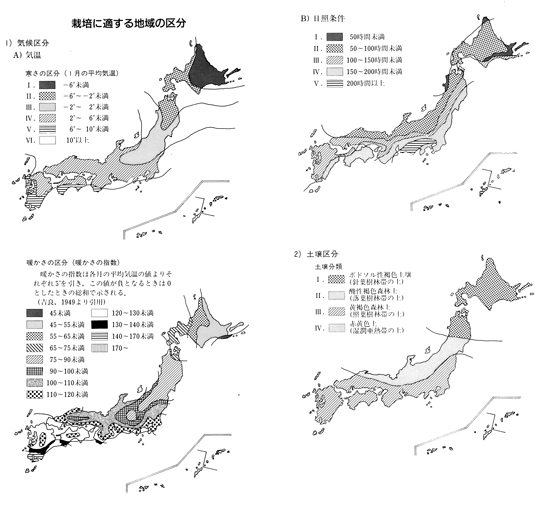| Class of Coldness | II~V | Light Condition | III, IV |
| Class of Warmness | 75~120 | Class of Soil | II, III |
| Preference of Soil | |||
| Requirement of Shading | |||
| Figure |  | ||
Plant data
| Latin name | Platycodon glandiflorum (Jacq.) A. DC. | |||||||||
| Family name | Campanulaceae | |||||||||
| Common name | Balloon flower, Chinese bellflower, Japanese bellflower | |||||||||
| Cultivar | ||||||||||
| Classification | ||||||||||
| Photo |

| |||||||||
| Characteristics | ||||||||||
| Habitat | ||||||||||
Growing data
 | ||||||||||
|
| ||||||||||
| Photo library | Photo library | |||||||||
Reference
 | ||||||||||
|
Ding, C. et al., Analysis of volatile oil constituents of Jiegeng (Platycodon glandiflorum). Baiqiuen Yike Daxue Xuebao (1996), 22(5), 471-473. Shoji, J., Chemistry and biochemistry of Platycodon root. Gendai Toyo Igaku (1983), 4(3), 47-55. Kubota, T. et al., Structure of platycogenic acids A, B, and C, further triterpenoid constituents of Platycodon grandiflorum. Journal of the Chemical Society D: Chemical Communications (1969), (22), 1313-14. Tuzimoto, M. et al., Chemical studies on the roots of Platycodon grandiflorum. VIII. Isolation, purification and properties of platycodigenin, a sapogenin. Nippon Nogei Kagaku Kaishi (1939), 15, 857-61. | ||||||||||
| Crude drug | PLATYCODI RADIX | |||||||||
| Cultured tissue and efficient propagation |
Platycodon_glandiflorum-Ref-1
| |||||||||
| Plant culture and efficient production method | Plant culture | |||||||||
| Sakuyo hyohon | ||||||||||
| Transcriptome, Genomics etc. | ||||||||||
| Red list data | ||||||||||
| Resource data |
| |||||||||